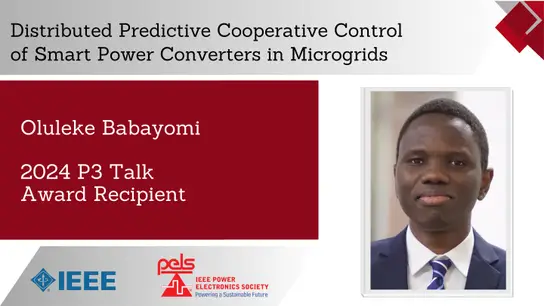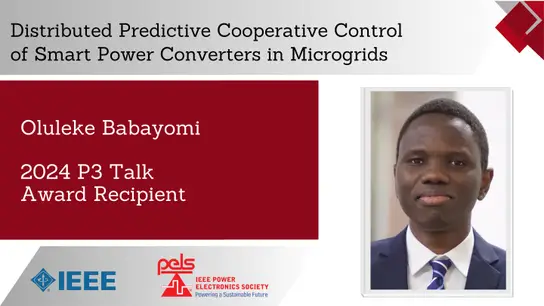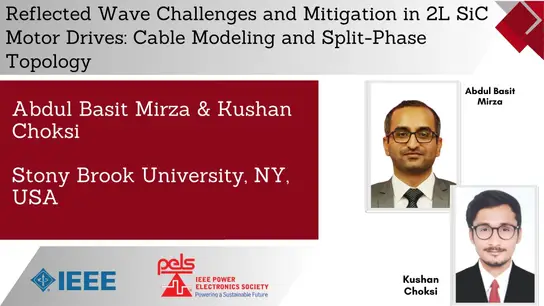YP Webinar: Resilient and Sustainable Distribution Systems with Advanced Microgrids Slides
Xiaonan Lu
-
Members: FreePELS
IEEE Members: Free
Non-members: FreePages/Slides: 53
24 Jul 2017
Microgrids enable an effective solution of enhancing the resiliency of a low inertia distribution system. Especially when facing the faults induced by natural disasters, it is necessary to leverage the capabilities of distributed energy resources (DERs) to pick up the critical loads. In this presentation, a resilient and sustainable framework in modern distribution systems using advanced microgrids will be introduced. Particularly, to provide effective solutions against severe faults, such as those induced by natural disasters, a distribution system can be sectionalized into multiple microgrids to not only isolate the faults and prevent its further influence on the rest of the system but also restore the grid service of critical loads in a fast manner. When using inverter interfaced DERs, a flexible operation can be realized by dynamically implementing advanced microgrids in order to satisfy the real time source and load balance. A bi level system is developed to implement a holistic solution, where the central optimization engine at the upper level determines the boundaries of the microgrids in real time, while the lower level controller locating at each DER interface inverter is responsible for regulating local frequency and voltage and providing fault ride through function in each microgrid. In addition, when considering the stochastic output power of each DER, a region wise method is proposed to evaluate the system stability of each autonomous microgrid dynamically implemented via sectionalization. Meanwhile, coordinated control of both AC and DC microgrids is deployed to stabilize the operation of each autonomous microgrid.
Primary Committee:
PELS


